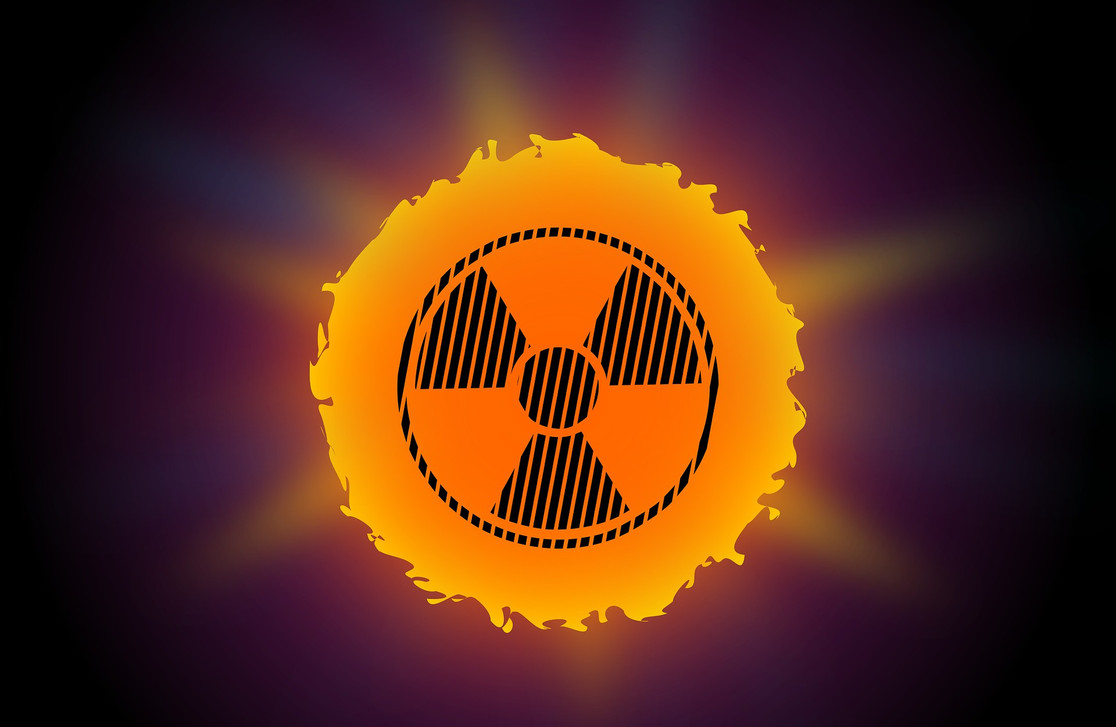A complete weather station may well measure UV Index. Whilst related to solar radiation measurement (irradiance), it is not the same as shorter wavelengths of radiation cause more damage. UV Index therefore weights dose by wavelengths and divides the result by 25mW/m 2 to give you an index from 0-11+
| UV Index | Colour | Risk | Recommendation |
| 0-2 | Green | Low | Wear sunglasses on bright days. If you burn easily, cover up and use broad spectrum SPF 15+ sunscreen. |
| 3-5 | Yellow | Moderate | Stay in shade near midday when the Sun is strongest. If outdoors, wear sun-protective clothing, a wide-brimmed hat, and UV-blocking sunglasses. Generously apply broad spectrum SPF 15+ sunscreen every 1.5 hours, even on cloudy days. |
| 6-7 | Orange | High | Reduce time in the sun between 10 a.m. and 4 p.m. If outdoors, seek shade and wear sun-protective clothing, a wide-brimmed hat, and UV-blocking sunglasses. Generously apply broad spectrum SPF 15+ sunscreen every 1.5 hours, even on cloudy days. |
| 8-10 | Red | Very High | Minimize sun exposure between 10 a.m. and 4 p.m. If outdoors, seek shade and wear sun-protective clothing, a wide-brimmed hat, and UV-blocking sunglasses. Generously apply broad spectrum SPF 15+ sunscreen every 1.5 hours, even on cloudy days. |
| 11+ | Purple | Extreme | Try to avoid sun exposure between 10 a.m. and 4 p.m. If outdoors, seek shade and wear sun-protective clothing, a wide-brimmed hat, and UV-blocking sunglasses. Generously apply broad spectrum SPF 15+ sunscreen every 1.5 hours, even on cloudy days. |

